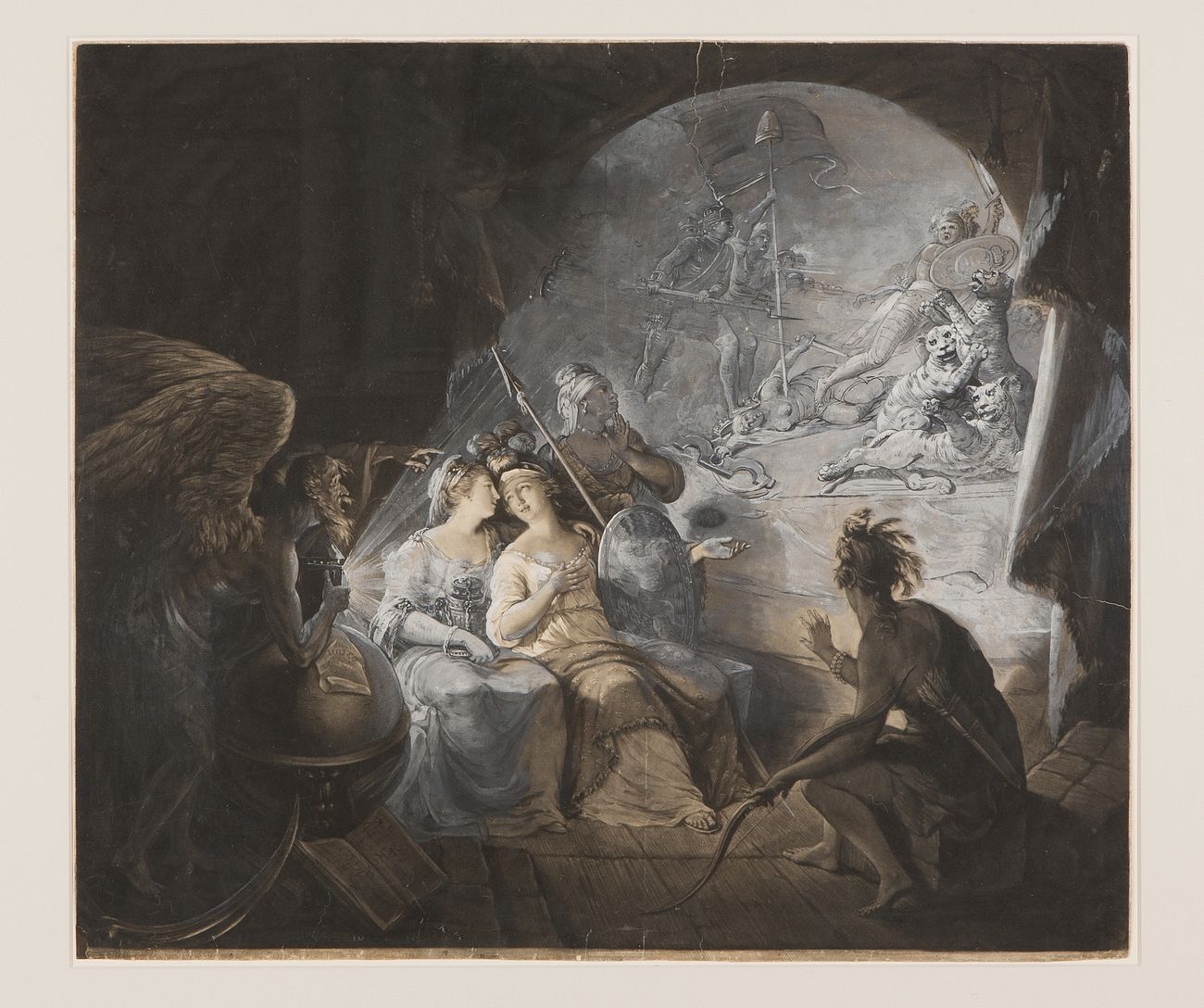The polling follies that will halt serious thought about the 2024 election have already begun
August 2, 2023
In 2016, I wrote a couple of blog posts about the pernicious impact of polling on the functioning of American democracy. One (“Hate to Say We Told You So…”) is re-posted on this very site; the other (“Nate Silver Is a Rigged System”) is available here. One might say they were the seeds of my forthcoming book Fatal Certainty: How a Cult of Prediction Made the Twenty-First Century an Era of Strategic Shock – and How Rigorous Imagination Could Bring Us Back.
In “Nate Silver Is a Rigged System,” I wrote:
https://www.futuresstrategygroup.com/risk/nate-silver-rigged-system/[L]et’s say Nate Silver and FiveThirtyEight know what they are doing, and Hillary now has an 80%+ chance of getting elected. …That means Donald Trump, now at his lowest point, has almost a 20% chance of winning. …That means one out of five times, we should get President Trump. …But this is not a Monte Carlo simulation. This is one time for all the marbles. Either Hillary wins, or Trump wins, and we need to be prepared in depth for either outcome. …[P]residential elections aren’t like baseball. They are big, one-time events. Events that will have consequences that cannot be predicted with precision, but which need to be analyzed in advance in depth, so we’ll be ready for them when the chaos hits and we have to make quick decisions.
You would think that two consecutive fraught elections in which polling has been generally accurate, but shock and dislocation occurred anyway, might have disenchanted media outlets and experts enough that they might have turned to something more useful for planning purposes than sports-style handicapping. But you’d be mostly wrong.
So I will, on this site, on an ongoing basis, be pointing out what I see as examples of the Cult of Prediction and “horse-race” journalism crowding out serious analysis with respect to the 2024 election.
Our first entry comes from the New York Times. Their Times/Siena Poll of registered voters begins with the question, “Do you think the United States is on the right track, or is it headed in the wrong direction?”
The results from this question would seem to call into question its usefulness. Since March 2016, no more than 35% of Americans thought the country was on the right track, while no fewer than 56% has ever thought the country was on the wrong track.
I would suggest one reason this measure seems never to budge is that the question can be interpreted in multiple ways, most of which will lead the respondent to a pessimistic answer. First, there is the political situation: Is my party in power? If it is not, then I will tend to say that the country is on the wrong track. If my party is in power, however, I still might see the opposition to be so dangerous that I will be unable to say the country is headed anywhere good; or I might be frustrated by my (ruling) party’s inability or unwillingness to push their agenda forward as far or as fast as I want. While some supporters of the party in power might want to boost the ratings of their “team,” and so will answer optimistically, we can be very sure, in the current climate, that virtually none of the opposition party will ever answer positively as long as the “other team” controls the levers of power. Persistent pessimism palpably preordained.
Similar questions asked in a less divided past sometimes registered well over a 50% positive outlook. Gallup has asked the question, “In general, are you satisfied or dissatisfied with the way things are going in the United States at this time?” at least since 1980. Satisfaction during the Reagan administration peaked in June of 1986, at 69%. It briefly went up to 54% during his successor’s term, during the Gulf War in February 1991; then it plummeted, bottoming out at 14% in June of 1992. It rose above 50% in February 1997, peaked at 71% in 1999, and stayed above 50% until April of ’01. It rocketed from 43% in September of 2001 to 70% in December of the same year – perhaps a reaction to the 9/11 attacks and the national unity of the time.
But that was the last high point for national unity – and for “right track” or “satisfied” ratings. By January of 2004 it was at 46%. It has never been that high since. In July of 2023, the latest poll, it registered 19%.
There seems to be a sort of Heisenberg’s Uncertainty Principle at work here. Once a statistic becomes widely followed, it begins to lose its usefulness. For a century, batting average and pitcher wins were the standard for excellence in baseball. Then, when Bill James, Nate Silver and their ilk began their numerical analysis of the game, they were replaced by On-Base Percentage and ERA (actually, ERA had long been seen to be a fairer criterion for pitchers). Now the various measures of Wins Above Replacement are the big ones.
“Right Track”/”Satisfied” no longer work. But we keep measuring them, because we have measured them all along, and statisticians love a time series.
But there are bigger problems with these polls, and the more direct polling of candidate preferences well over a year before the general election (a year, even, before the candidates themselves have been confirmed).
Problem number one is who to include in the presidential polling. In 2015, the polls were asking people about the expected Jeb Bush-Hillary Clinton matchup. That, of course, never materialized. In 2023, the assumption is that the matchup will be Trump vs. Biden, as in 2020. That may well turn out to be the case. But there is a nontrivial chance that at least one of the two will not be the nominee. Both of them are older than any previous major party candidate. Biden was 77 in 2020; Trump will be 78 on Election Day. Biden, of course, will be 81.
Pundits tend to restrict their analysis of the age issue to whether these two will still be around on Election Day. Most probably, according to actuarial tables, they will be (most probably, of course, Hillary Clinton was going to be president from 2017-2021). But this tunnel vision on the horse race and electoral odds and probabilities will stop people from thinking as seriously as they should beyond that date. Will Biden and/or Trump be around for the end of their second term? That is far less of a certainty, and it might not be the Grim Reaper who causes them not to be, should that occur. Leaving aside Trump’s alleged legal hurdles (which appear instead to be trampolines for his primary bid, not hurdles), mere serious illness could force one or the other to step aside before January 20, 2029.
Fixating on general election polling (which in the case of the New York Times/Siena Poll, currently shows more or less of a dead heat between Trump and Biden) this early has rarely been useful. Part of the reason is the lack of stakes for the respondents. They know that registering a preference 16 months early has no actual effect on the outcome. So they might give less deep thought to the choice. Voters are famously inattentive to elections until far closer to Election Day.
Still, even the vaunted “paper of record” feels compelled to poll voters far too early about a matchup that maximizes voter animus (and therefore eyeballs on the New York Times). The use of media resources for this type of thing is equivalent of a doctor taking the temperature of the “patient” every five minutes, while doing almost nothing to find out what is wrong with her. The Times could be spending its journalistic efforts on a deep examination of the candidates’ likely actions, should they be elected, and their effects on the American public. They could be deeply imagining other candidate matchups, working their way back to the present to figure out how they might actually come about. They could be imagining the various crises and wild cards that might face the President of the United States from 1/20/25 to 1/20/29. They could be imagining how a Vice President, suddenly shunted into the Oval Office, would govern. And the New York Times does do some of this. But polls are cheap, easy, and fun, and get eyeballs. They help handicap the horse race. And rather than deep analysis of candidate policies, scandals – even “scandals” that really are not scandals – can be found for any candidate, and flogged differentially until the horse race is just about even, as in 2016. And when the unexpected takes place, and the underdog wins, throwing the country into four more years of chaos, the New York Times may, as it did after 2016, get even more eyeballs, as millions more Americans pay for access to it.
I pick on the Times here. But the rest of the media ecosphere is at least as bad. Despite the fact that the effect on the “spectators” is demonstrably awful, as it was in 2016 and 2020, the handicapping has already begun. The horses are being shunted into the gates. God help us all.



